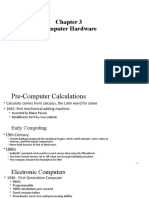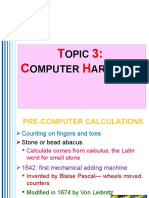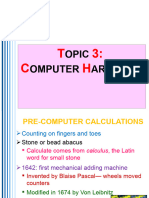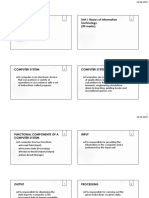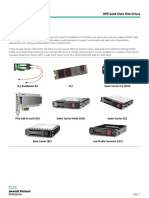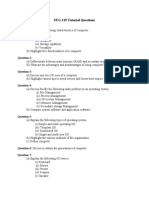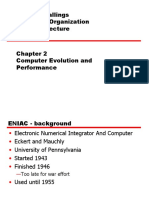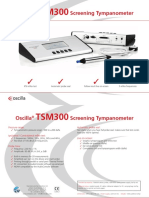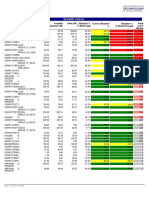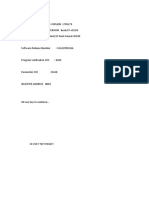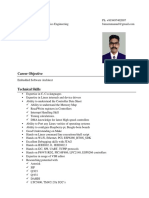1.
Categories such as
supercomputer
Mainframe Computers
Midrange Computers
Microcomputers
Based on processing power and number of end users that can be supported by different types of
computers.
2.
Notebook
Laptop
Portable
Desktop
3. The term Workstation Computer is used
4. The term is network server
5. 3 examples of total cost of ownership
Price ( small price of total cost )
Support
Maintenance
Total cost of ownership is usually bigger
6. Network Computer
7. Network Computer
8.
Lower cost of purchase
Upgrade
Maintenance
9. PDA – personal Digital assistance term is used for the hand-held microcomputer devices.
10.
Wireless PDA
Internet enabled cellular
PCs Phones
11. Two type of name
ATM (Automated teller machine)
POS Terminal ( Point of sale Terminal)
12. Midrange computers have become popular as powerful network servers to help manage large
Internet websites, corporate intranets and extranets, and client/server networks. Electronic
commerce and integrated enterprise wide manufacturing, distribution, and financial applications.
�13. 165 servers are required.
14. Major international banks, airlines, oil companies.
15. Supercomputer are used for.
16. 1,152 microprocessors
17. Computer Processing Speeds
MIPS- million instructions per second
Gigahertz (GHz) - billions of cycles per second.
Megahertz (MHz) - millions of cycles per second
18. Peripherals
19.
Mouse
Touch pads
Track ball
Touch screen
Pointing stick
electronic mice
20. You can use the digitizer pen as a pointing device, or use it to draw or write on the
pressure-sensitive surface of the graphics tablet. Your hand- writing or drawing is digitized
by the computer, accepted as input, displayed on its video screen, and entered into your
application.
21. Speech recognition System
22. Wands - optical character recognition scanner
23.
� 24. Magnetic stripe.
25. Smart cards that embed a microprocessor chip and the size of the memory is several
kilobytes.
26. MICR - magnetic ink character recognition
27.
LCD - liquid crystal display
CRT - Cathode ray tube
28. Inkjet printers, which spray ink onto a page one line at a time, Laser printers use an
electrostatic process similar to a photocopying machine to produce many pages per minute.
29. Primary storage media
RAM - random access memory.
ROM - read only memory
Secondary storage media
Magnetic Disk
Optical disk
30. RAM - random access memory.
31. Magnetic tape cartridge
32. Magnetic disk drives contain metal disks that are coated on both sides with an iron oxide
recording material.
33. from 6 to more than 100. Storage area networks (SANs) are high-speed fiber channel.
34. CD-ROM compact disk—read only memory.
35. CD-RW - Magneto-optical technology,








